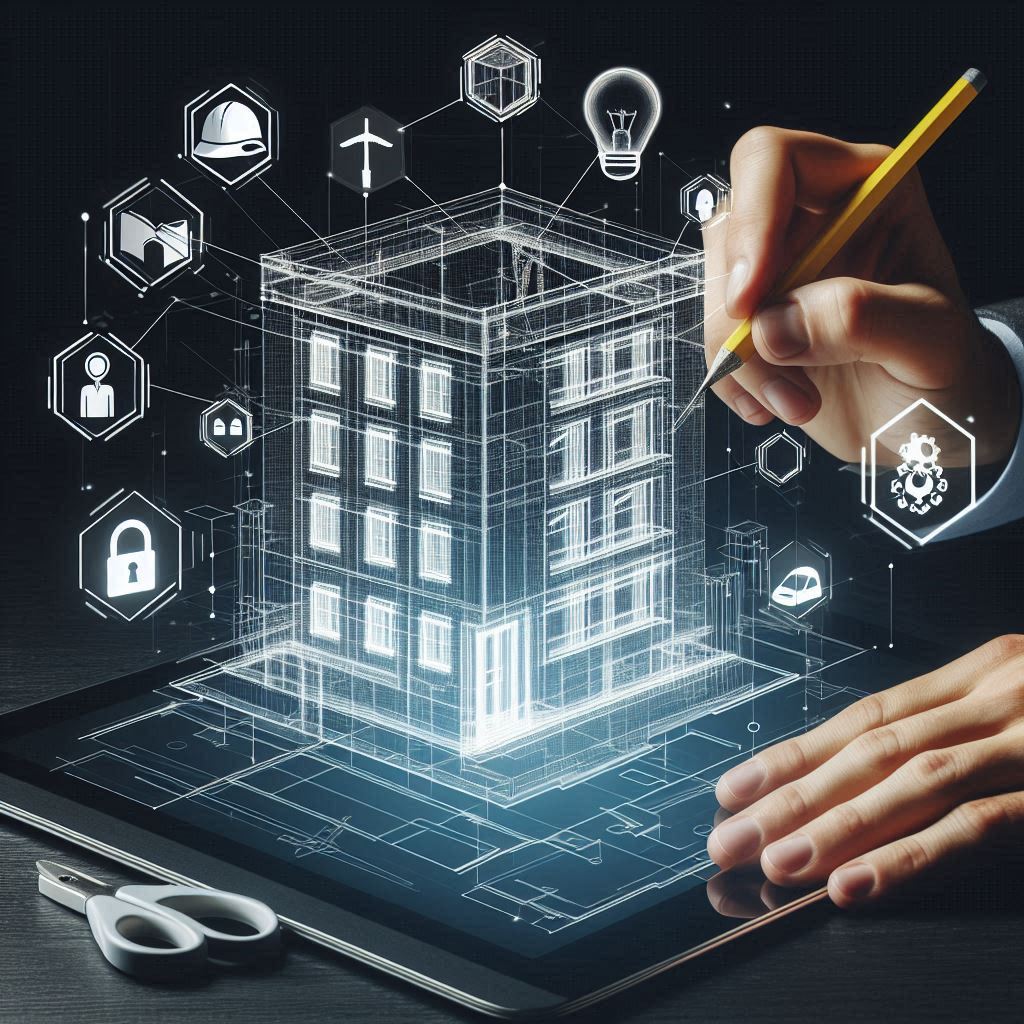Building Information Modeling (BIM) offers significant benefits to new home owners and plays a crucial role in shaping the future of construction.
Let’s delve into the details of how BIM enables owners to identify and address potential issues early in the design phase, mitigating risks during construction and operation:
- Collaborative Design and Visualization:
- Design Coordination: BIM integrates architectural, structural, and MEP (Mechanical, Electrical, and Plumbing) models into a single platform. This allows stakeholders (including owners, architects, engineers, and contractors) to collaborate effectively.
- 3D Visualization: BIM generates 3D models that provide a visual representation of the building. Owners can explore the design, identify clashes, and visualize the spatial layout.
- Clash Detection and Conflict Resolution:
- Automated Clash Detection: BIM software automatically identifies clashes between different building elements (e.g., ducts intersecting with beams or pipes). These clashes are highlighted for resolution.
- Early Intervention: By addressing clashes during the design phase, owners prevent costly rework during construction. For example, avoiding conflicts between HVAC systems and structural elements ensures smoother installation.
- Quantification and Cost Estimation:
- Material Quantities: BIM generates accurate material quantities based on the model. Owners can use this data for cost estimation, procurement, and budget planning.
- Cost Optimization: Early identification of discrepancies allows owners to optimize material usage and reduce wastage, leading to cost savings.
- Energy Analysis and Sustainability:
- Energy Performance: BIM tools simulate energy performance, allowing owners to assess energy consumption, daylighting, and thermal comfort.
- Sustainable Design: Owners can make informed decisions about energy-efficient materials, insulation, and renewable energy sources.
- Facility Management and Maintenance:
- Asset Information: BIM captures detailed information about building components (e.g., equipment, finishes, warranties). Owners can access this data for facility management.
- Predictive Maintenance: BIM aids in predictive maintenance by tracking the lifecycle of assets. Owners can schedule maintenance tasks proactively.
- Construction Sequencing and Phasing:
- 4D BIM: Adding the time dimension (4D) to BIM allows owners to visualize construction sequences. This helps in planning and optimizing construction activities.
- Reduced Delays: By identifying potential sequencing conflicts early, owners minimize delays and improve project efficiency.
- Risk Assessment and Safety:
- Safety Planning: BIM models include safety-related information (e.g., escape routes, fire exits). Owners can assess safety risks and plan accordingly.
- Risk Mitigation: Identifying safety hazards during design prevents accidents during construction and occupancy.
BIM empowers owners by providing a holistic view of the project, enabling collaboration, reducing errors, and enhancing decision-making. By leveraging BIM, owners can proactively address issues, leading to successful construction and efficient building operation. 🏢🔍💡
We Don’t Just Design Buildings; We Engineer Landmarks that Stand the Test of Time.
Let’em Know !
Share with friends and family.

